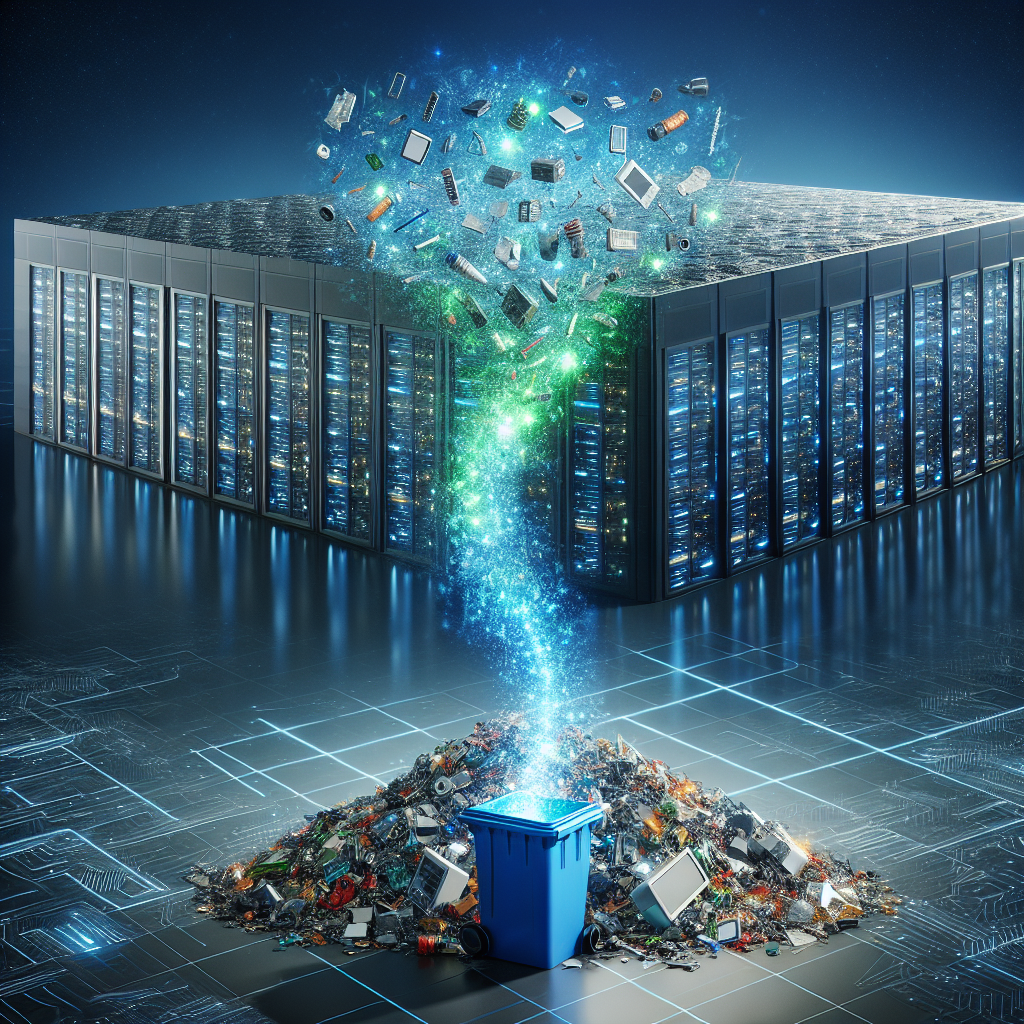Data centers are the backbone of the digital world, housing the servers and equipment that power our internet and cloud services. However, with the increasing demand for data storage and processing, data centers have become one of the largest consumers of energy in the world. In fact, it is estimated that data centers account for about 1-2% of global electricity consumption.
As concerns about climate change and energy sustainability continue to grow, there is an urgent need to maximize energy efficiency in data centers. One innovative solution that is gaining traction is the concept of turning waste into watts.
From Waste to Watts
One of the main sources of waste in data centers is the heat generated by the servers and equipment. Traditionally, this heat is simply expelled into the atmosphere using cooling systems, which consume even more energy. However, by harnessing this waste heat and converting it into usable energy, data centers can significantly reduce their energy consumption and carbon footprint.
There are several ways to convert waste heat into energy. One common method is through the use of heat exchangers, which capture the heat generated by the servers and transfer it to a fluid, such as water or air. This hot fluid can then be used to generate electricity or heat nearby buildings or facilities.
Another innovative technology is the use of thermoelectric generators, which directly convert heat into electricity using the Seebeck effect. These generators can be integrated into the server racks or cooling systems, providing a constant source of renewable energy.
Maximizing Energy Efficiency
In addition to harnessing waste heat, data centers can also improve their energy efficiency through other means. This includes optimizing the airflow and cooling systems, using energy-efficient servers and equipment, and implementing smart energy management systems.
Furthermore, data centers can also take advantage of renewable energy sources, such as solar or wind power, to further reduce their carbon footprint. By combining these strategies, data centers can become more sustainable and environmentally friendly while still meeting the growing demand for data storage and processing.
The Road Ahead
As the demand for data continues to grow, it is essential for data centers to prioritize energy efficiency and sustainability. By implementing innovative technologies and strategies, such as converting waste heat into energy, data centers can reduce their environmental impact and contribute to a more sustainable future.
From waste to watts, data centers have the potential to play a key role in the transition to a low-carbon economy. By taking advantage of these opportunities, data centers can not only reduce their energy consumption and operating costs but also lead the way towards a more sustainable digital infrastructure.


Leave a Reply